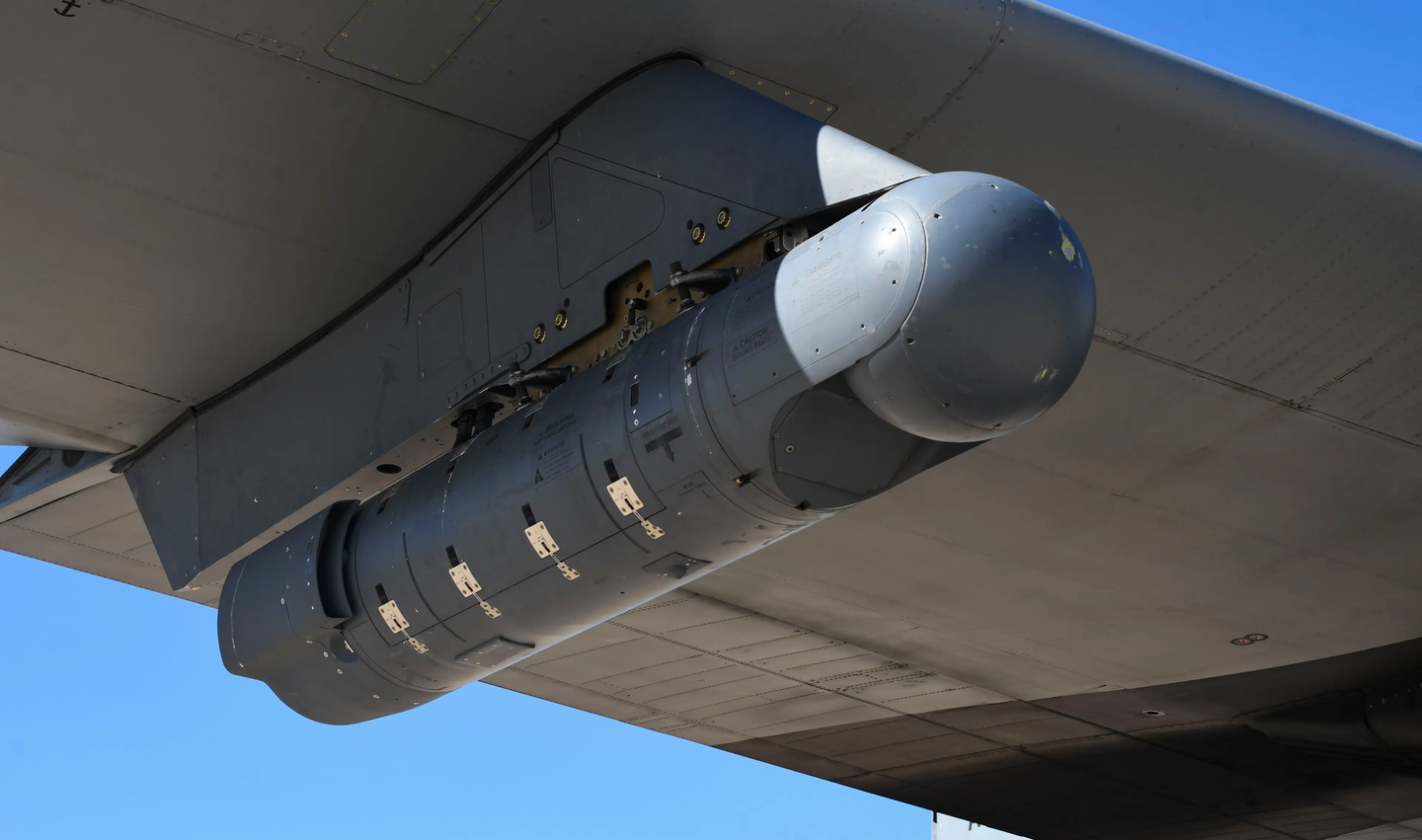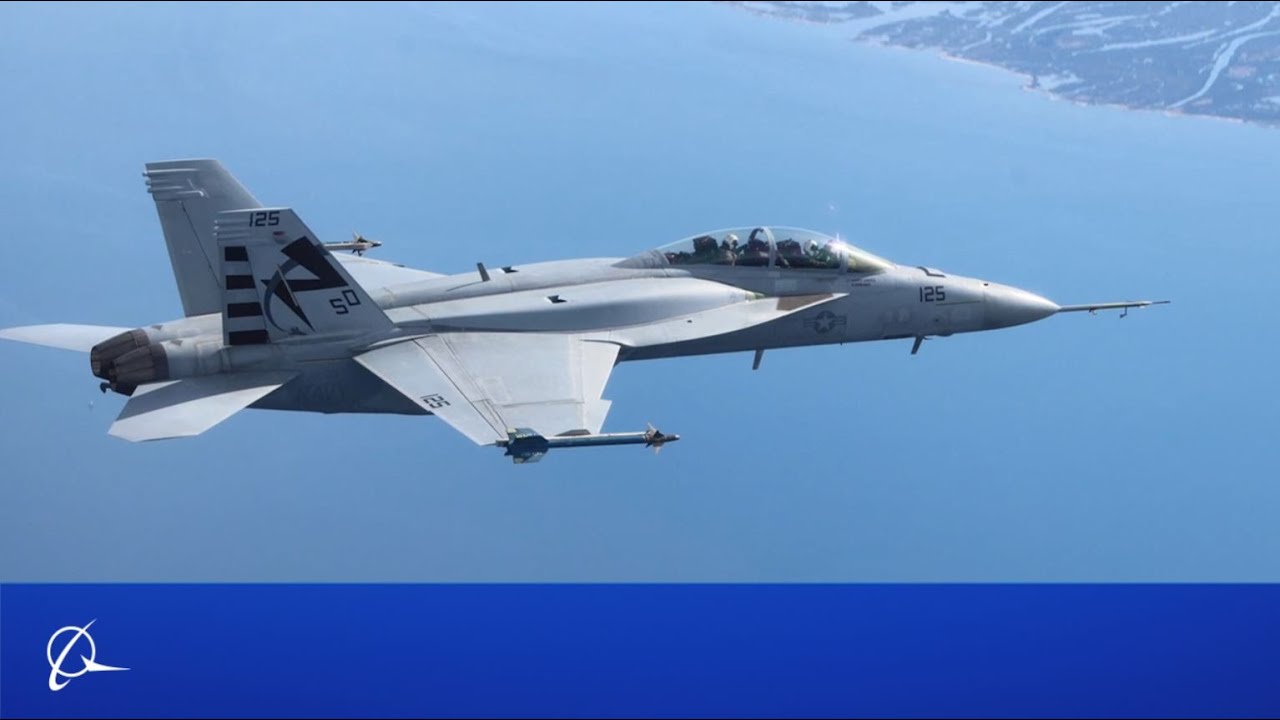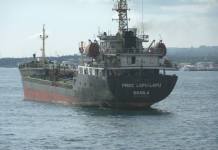Northrop Grumman announced on September 7, 2022, that the LITENING ATP (advanced targeting pod) had completed its first test flights aboard the US Navy F/A-18F Super Hornet.
The US Navy selected the combat-proven LITENING earlier this year to replace the aging targeting pods employed by the fleet of Super Hornet aircraft.
The pod is an electro-optical infrared sensor device that is already in operation by several worldwide operators for surveillance and targeting.
The pod was mounted on a two-seat Navy F/A-18F, and the test pilots performed maneuvers and operations mimicking actual combat situations in which the LITENING might one day operate.
Our LITENING advanced targeting pod has made its first flight on a @USNavy F/A-18 Super Hornet. Learn more: https://t.co/QSF4KgHRBY pic.twitter.com/EoX9gobVsl
— Northrop Grumman (@NGCNews) September 7, 2022
The test included several combat exercises, including ground moving target tracking, air-to-air tracking, and target designation, the manufacturer stated on September 7, 2022.
The AN/AAQ-28 LITENING pod is jointly developed by Northrop Grumman and Rafael Advanced Defense Systems of Israel.
“This first flight demonstrated LITENING’s ability to rapidly add modern, upgradeable mission capabilities to the Super Hornet,” said James Conroy, vice president of the navigation, targeting, and survivability unit at Northrop Grumman.

“The pod’s digital video, autonomous target tracking, and laser sensors will give Naval aviators an entirely new set of capabilities for operations over land and sea today, and the growth capabilities built into LITENING’s modular design ensure that the pod can evolve to meet changing requirements,” Conroy added.
The LITENING ATP is placed aboard an aircraft externally and gives pilots and aircrew the ability to detect, identify, and track targets from long distances through its high-resolution forward-looking infrared (FLIR) and full-color TV sensor.
Additionally, the precise delivery of laser-guided weapons and the assessment of target coordinates are made possible by combining a laser designator and a laser rangefinder.
The LITENING pod will gradually replace the Raytheon AN/ASQ-228 ATFLIR pods on the F/A-18 fleet of the United States Navy. It is already used by the Marine Corps, the Air Force, and the Air National Guard. The US Marine Corps, Air Force, Air National Guard, and other international air forces are now using different variants of the LITENING.
LITENING ATP also encompasses diverse fields of view for increased situational awareness, target detection, and surveillance capability. It has a built-in inertial navigation sensor and an autonomous self-boresight feature.

The pod can be connected to the jet’s radar or other sensors in the air-to-air environment to enable very long-range visual identification of targets during the day or night. Since its fielding, Northrop Grumman notes that more than 900 LITENING pods have been supplied to its customers.
Although the Navy has chosen that LITENING will be the system to replace the Super Hornet’s ATFLIR, Northrop Grumman pointed out that it is still unknown when the pod will acquire its first operational capabilities.
Meanwhile, Kuwait has been evaluating a targeting pod since 2021 that directly competes with LITENING. Last year’s tests’ success in Kuwait enabled Lockheed Martin to officially set a fielding date with the nation’s Super Hornets in late 2023.
LITENING ATP (Advanced Targeting Pod)
The Israeli Air Force was the sole potential customer for LITENING I’s early production by Rafael Corporation. After that, in 1995, Northrop Grumman and Rafael collaborated to advance the pod, and in 1999 LITENING II was put into service with F-16s from the US Air National Guard and Air Force Reserve Command.
In 2000, LITENING II was also put into service with AV-8B Harriers from the US Marine Corps. Since then, the Air Force has begun to promote LITENING’s operational utility by testing the pod aboard cargo planes.
The service began operational testing with a LITENING-equipped C-130 Hercules in 2021 to demonstrate how the targeting pod may enhance the Hercules’ precision airdrop initiative.

The demonstration catalyzed a broader drive by international carriers to use LITENING or targeting pods similar to them for more precise airdropped cargo load delivery, particularly from high altitudes. The pod’s ability to conduct secondary surveillance is also a huge selling point.
Overall, LITENING’s addition to the Navy’s Super Hornet is just the latest in a series of essential fleet enhancements that are being planned.
The Navy got its first two Block III Super Hornets last year, which had been modified with, among other things, wide-area multifunction displays, more processing and networking power, and measures to lessen the jet’s radar signature.
- Contact the author at ashishmichel@gmail.com
- Follow EurAsian Times on Google News





